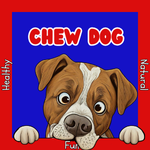Antlers, Horns, and Hooves for Dog’s
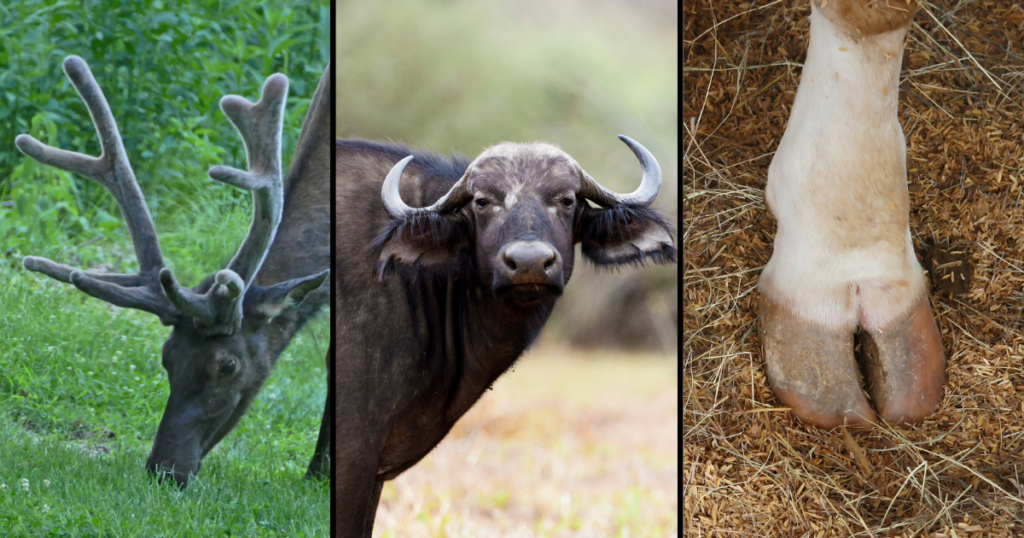
Horns, antlers, and hooves are some of the most popular chews for dogs. But do you know what they actually are? Many people won’t feed their dog bones because they worry they’ll break their teeth but still give them antlers. Others won’t feed them chicken feet because they’re worried about clogging their pup’s stomach but will give them sharp and not-as-tough-as-you-think hooves. Let’s take a look at these 3 chew options and what dogs they’re suited to.
Antlers

Most male deer grow antlers each year to allow them to fight other males for a mate during breeding season. Antlers are temporary and shed naturally at the end of their season, meaning they can be harvested every year without injuring the deer.
When they first grow, the bone is spongy and covered with skin and soft hair called velvet. As they mature, thicker, stronger bone replaces the spongy bone around the edges, while the bone in the centre of the antlers is a spongier marrow bone. It’s the mature, tough version of antlers that are used as dog chews.
Horns
Male and female buffalo, cows, lamb, goats and many more animals grow horns. As well as being used to fight, they are an extension of the nose and are used to detect, identify, and even digest food. They are permanent and will not grow back if removed or damaged. Horn removal is believed to be painful and distressing for animals so we only source them from animals that are already dead.
They have two key components: an outer sheath and an inner core. The inner core is made up of the spongy marrow bone, while the outer sheath consists of keratin, the protein that also contributes to strong hair and nails. Although not as strong as weight-bearing bones from heavy animals, the outer sheath is still strong while the inner core remains soft. The inner core and outer sheath are usually sold separately.

Hoooves

A ruminant’s “shoe” is filed during its life for its own good, but cannot be removed until butchered. People often refer to the outer sheath of a hoof as the ‘horn’ because it is made of the same protein, keratin. Hooves can be bought empty, ready to be enjoyed alone or used as a bowl to make dinner more exciting for your dog, or pre-filled (we avoid feeding these high-calorie pastes to our dogs). Cow, pig, deer, and lamb leg chew usually still have the hooves on and contain bones, muscles, and tendons, as well as the keratin outer sheath, and sometimes the fur too.
Are Antlers, Horns, or Hooves Better for your Dog?
As we’ve seen, horns and antlers aren’t as similar as you think and hooves are a lot more similar to horns than you would assume. Antlers and inner horns (usually referred to as ‘horn cores’) are both made of bone but antlers are the hardest option and inner horns are the softest. Hooves and outer horns (usually just referred to as ‘horns’) have no bone in them but are tougher than the boney inner-horn. Antlers the hardest, followed by horns, then hooves, with inner horns finishing up as the softest. Despite their differences, they all have bone-like qualities ie they are hard and long lasting, can crack, and are indigestible, even horns and hooves which aren’t bone. which is why we class all of
- Antlers: Best for dogs with very strong teeth and jaws.
- Horns: Best for dogs with strong teeth and jaws.
- Hooves: Best for dogs with strong teeth and normal jaws.
- Inner Horn: Best for dogs with weak teeth and jaws.
Despite their differences, they all have bone-like qualities ie they are hard and long lasting, can crack, and are indigestible,- even horns and hooves which aren’t bone. These qualities are why we class them as bones when guiding customers towards the right chews for their pup.
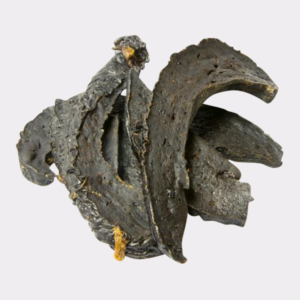
Dried Liver Strip
£1.50
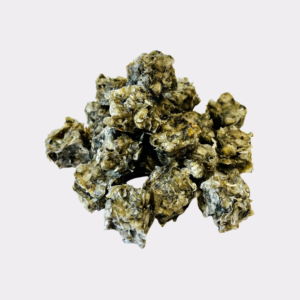
Fish Skin Cube
£0.50
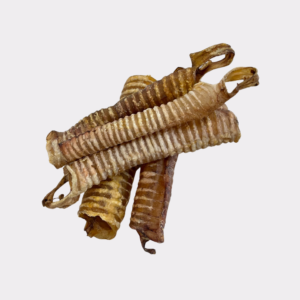
Long Trachea
£3.50
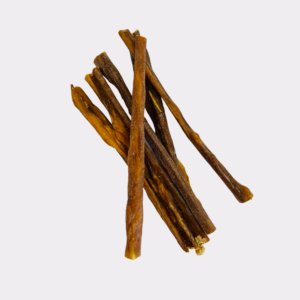
Beef Spaghetti
£0.75

Goat Skin
£0.50

Rabbit Ear with Fur
£0.60
From Farm to Fido: Easy Ways to Minimise your Dog’s Carbon Paw Print
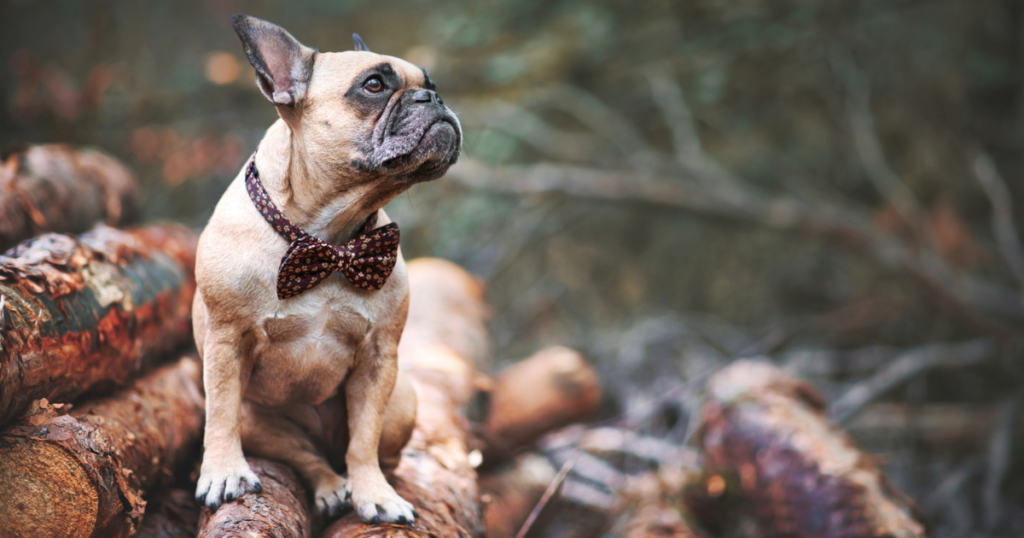
How to Enterain an Injured Dog
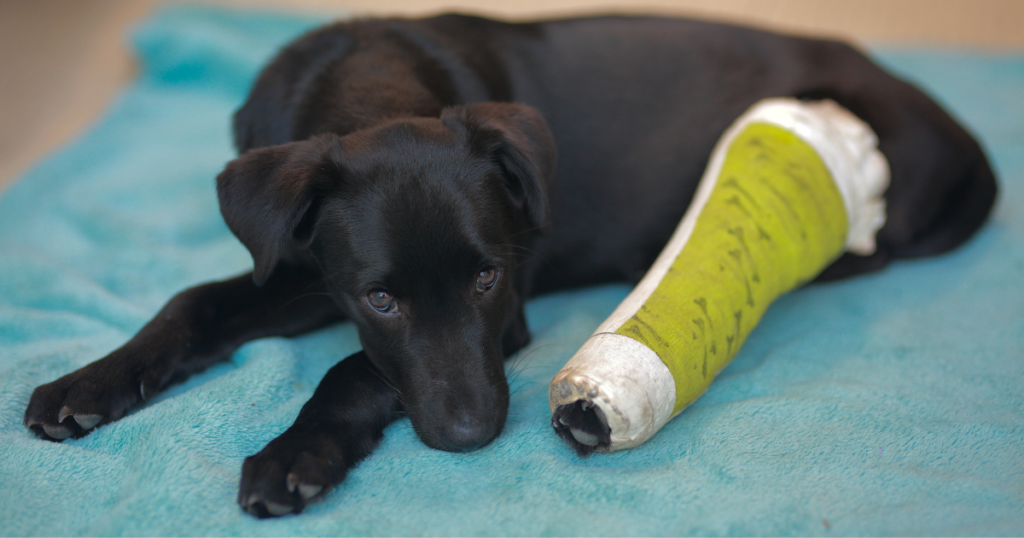
What to Teach your Dog First

Antlers, Horns, and Hooves for Dog’s

What Bones Can You Feed Your Dog?

